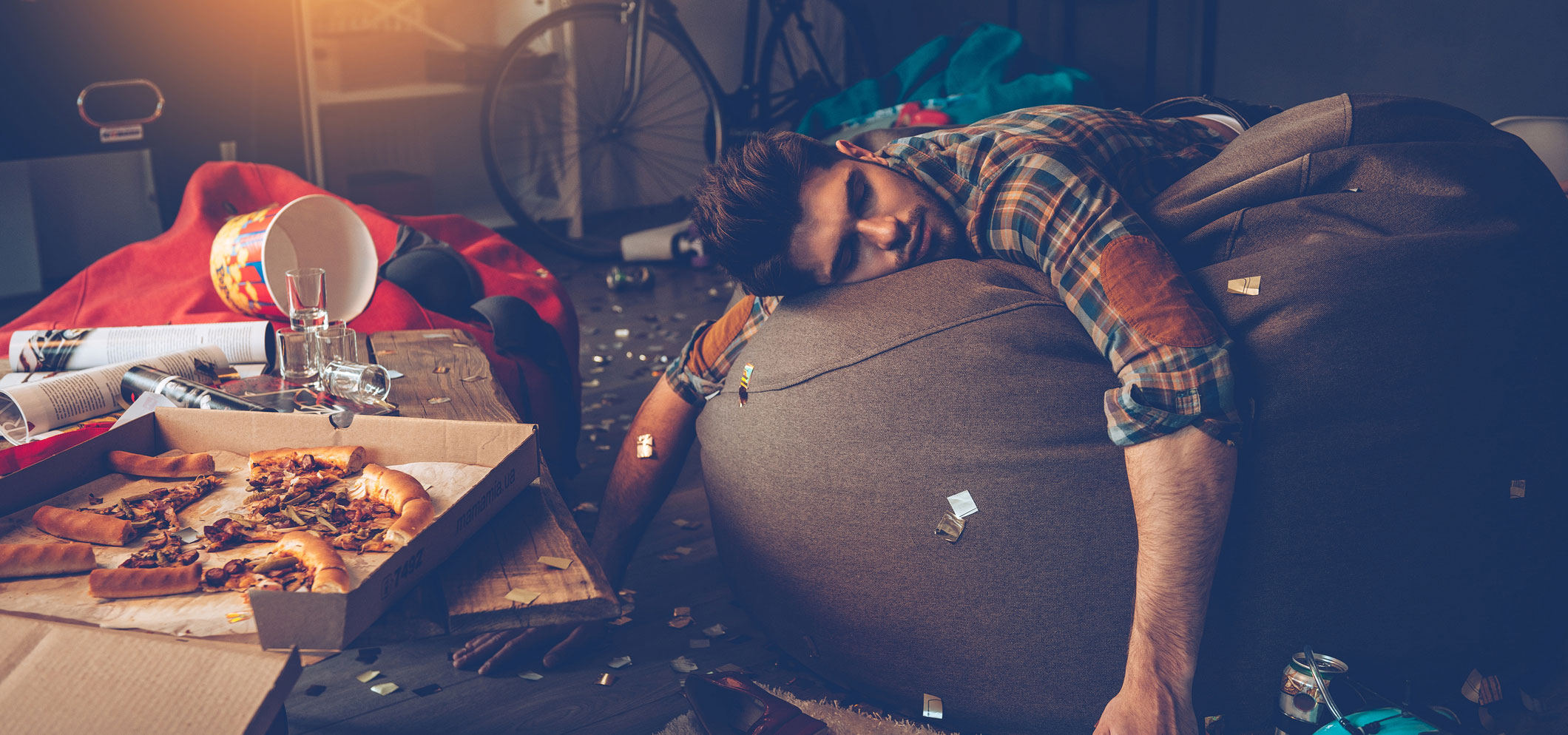Every living being has an innate biological rhythm which peaks and pits as the day progresses. For humans, the dip occurs around 1pm-1.30pm. Dr. William Orr, a Clinical Professor of Medicine at the University of Oklahoma, suggests having lunch prior to the dip.
According to David Levitsky, a professor at Cornell University, food comas are the result of a change in blood circulation in the body. While eating, the direction of blood flow shifts from the brain to the stomach and the intestines. It redirects to be able to digest and break down the energy from food in the parasympathetic nervous system.
Another factor which may contribute is the change in levels of secretion of neurotransmitters. Tryptophan is a neurotransmitter that influences feelings of relaxation and sleepiness, affected by the intake of carbohydrates. It can further influence the release of serotonin in the brain.
Eating smaller meals more often during the day, as opposed to one-time larger meals, could help combat these and avoid post-meal fatigue. Replacing solid meals with liquid meals can help reduce sleepiness as well. This is because liquid and solid foods trigger stimuli to the brain in different ways (the areas that solid food activates can induce sleepiness).
Including certain carbohydrates and sugars in your diet is helpful, too. Foods which contain a higher glycemic index prompt a rapid release of glucose levels in the body, which then deplete quickly, leading to a crash in energy. Favour oatmeal, brown rice, peas and beans over white rice, white pasta or white bread. A cup of coffee can also help prevent a food coma right after lunch at the office, although the caffeine kick is known to be instant, resulting in a dip later (so don’t use this one if your boss’ peak productivity time is, say, 4pm).




